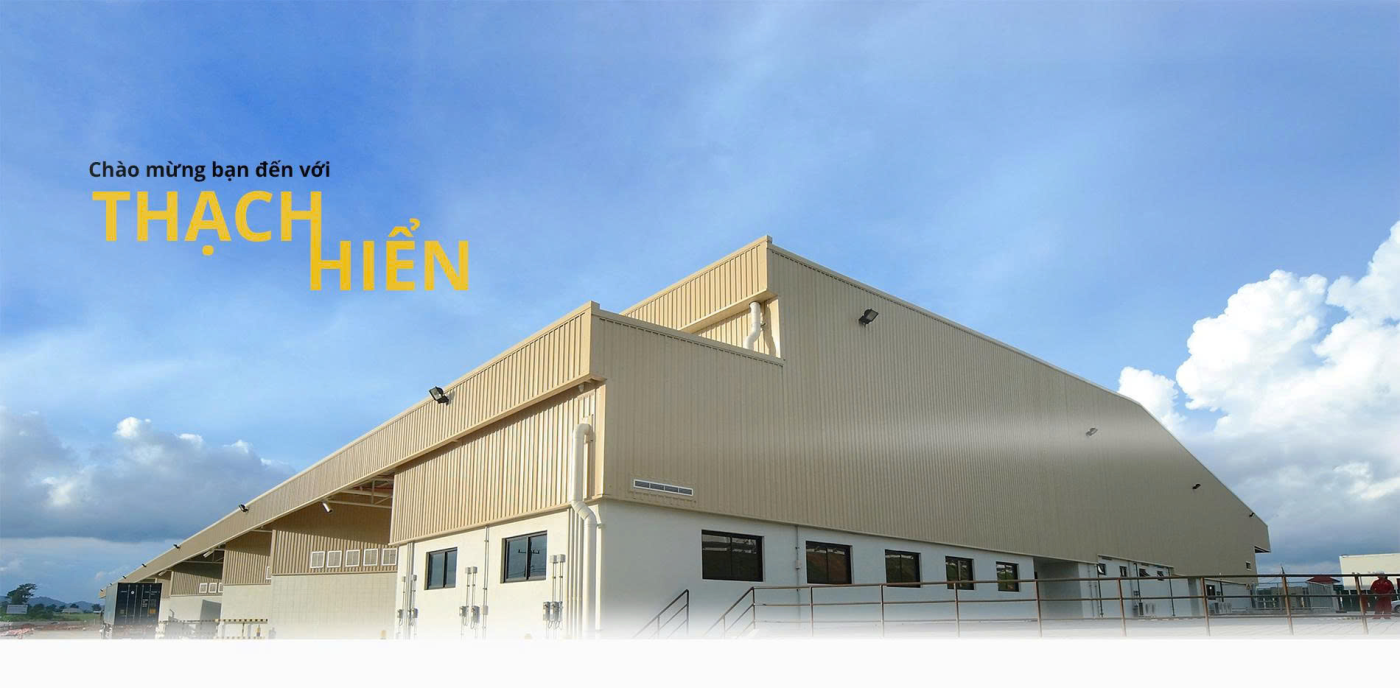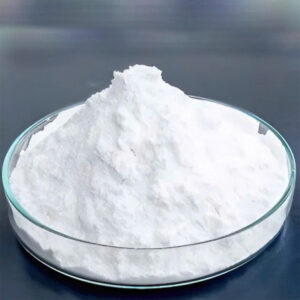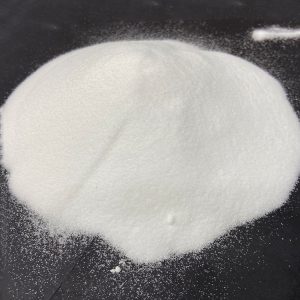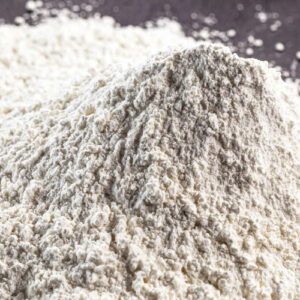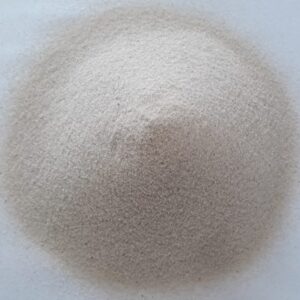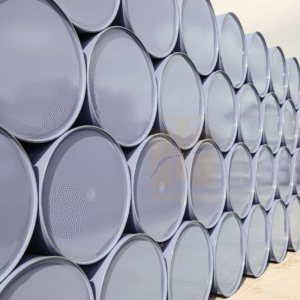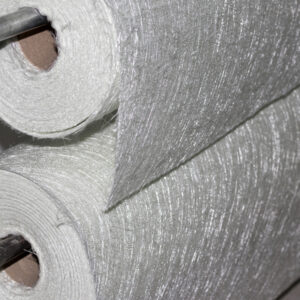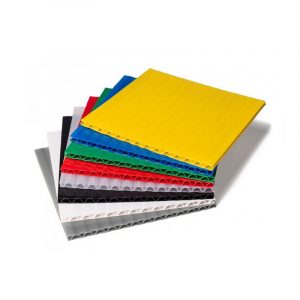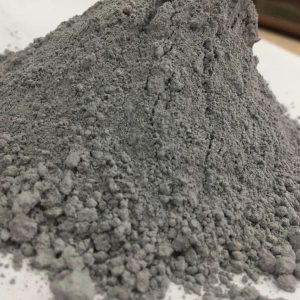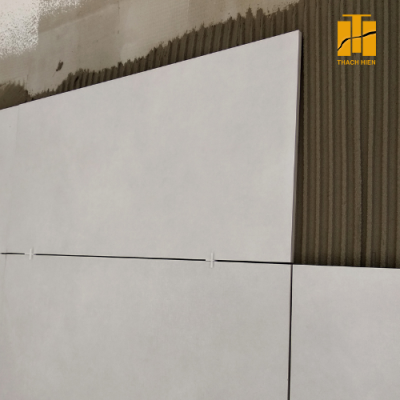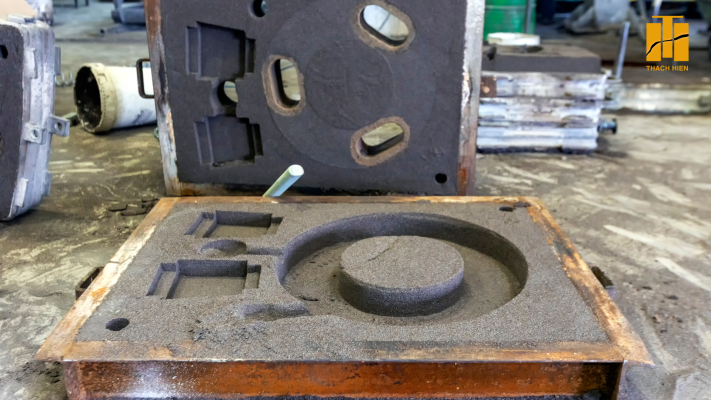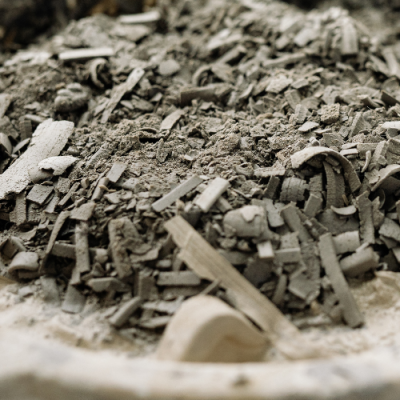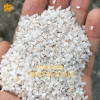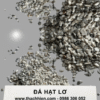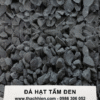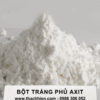News
What is light powder?
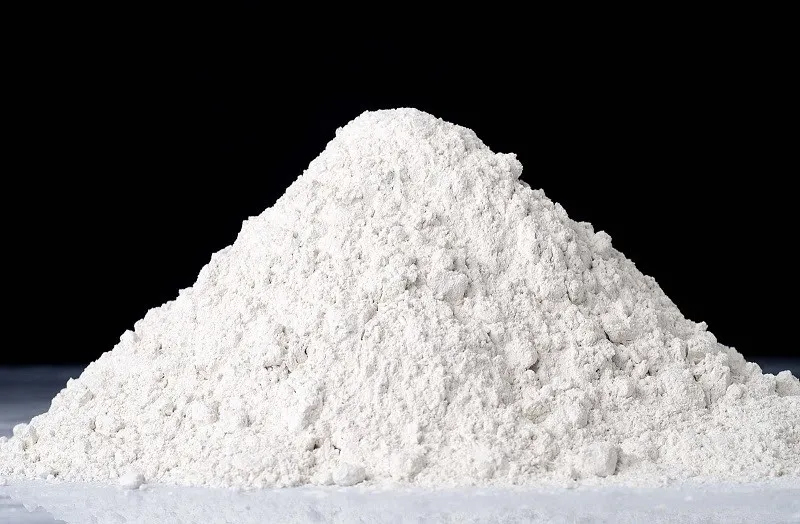
What is light powder (CaCO3)?
Light powder (precipitated CaCO3) is an important auxiliary material of many different industries used in pure and impure forms depending on the needs and purposes of use. Light powder is the common name on the market for calcium carbonate compound (CaCO3). On the market, it is sold in powder form in many different sizes. Widely used in industries such as: paint, plastic, wall putty, pharmaceuticals, cosmetics, food, animal feed production and aquaculture, rubber, paper… In addition, on the market there is a product of crushed CaCO3 stone powder commonly known as heavy powder, the reason for the difference is because they are produced by different methods, from which their properties and fields are also very different.
Lightweight Powder Production Technology
There are 3 methods to produce lightweight powder including: Carbonation, calcium chloride and lime milk exchange method.
Carbonation method is the most widely used due to its many advantages in technology as well as raw materials.
The biggest disadvantage of the lime milk exchange method is that the product contains a significant amount of calcium hydroxide and caustic soda. Therefore, to ensure quality, it is necessary to spend a lot of time filtering, washing, etc. This method should only be applied in soda factories.
The calcium chloride method will create a product with high purity. This method can control the precipitation of calcium carbonate, so it can create crystals of the desired size. Therefore, people often use this method to create a product with high purity, used for special purposes.
Applications of lightweight powder (CaCO3)
In engineering
Plastic ceiling panels/Frames/Doors
Calcium Carbonate is widely used in hard PVC plastic and is most widely used in the production of plastic pipes and ceiling panels. Calcium Carbonate increases product durability, better dispersion in plastic chemicals, optimal product gloss, and improves the production process. Therefore, Calcium Carbonate is an indispensable raw material in the production of PVC plastic products. Calcium Carbonate has a great influence on product characteristics such as durability in the natural environment and product usage time, so choosing the right type of Calcium Carbonate to use as a raw material in the production process is very important.
Using Calcium Carbonate in the production of non-pressure polyolefin pipes and fittings results in better stiffness, improved production process, shorter lead times and reduced costs. In the production of plastic fittings Calcium Carbonate helps to increase profits.
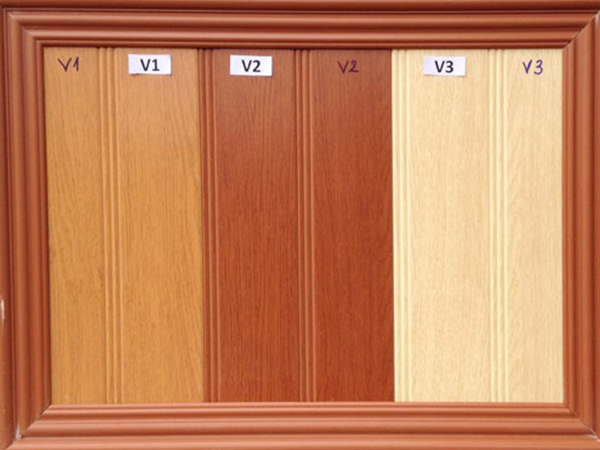
Pressure-resistant PVC pipe
This type often uses Calcium Carbonate filler with low content to help the plastic pipe product withstand the highest pressure, help the product surface to be shiny and withstand surface impact.
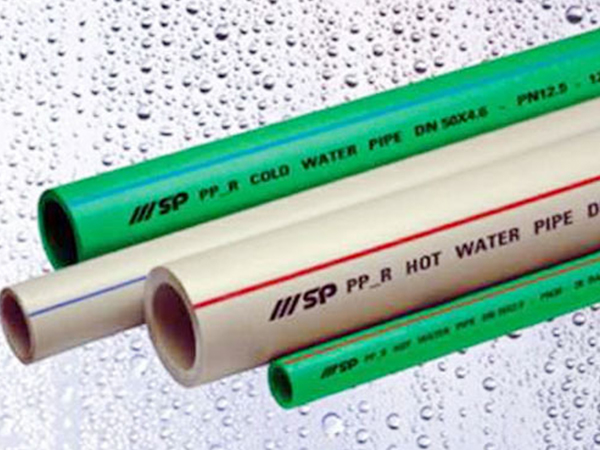
Electrical Cables
In Polyolefin plastic cables, calcium carbonate is increasingly used to reduce production costs. In addition, calcium carbonate can be considered as a flame retardant (if combined with the right resin and other additives).
To achieve the most cost-effective, electrical cable manufacturers can choose a variety of calcium carbonate for a variety of cables, from cables with thin electrical layers to cables with thick insulation layers.
Films
Calcium carbonate helps reduce production costs and improve the quality of the coating, calcium carbonate is used in LDPE, LLDPE, HDPE and PP plastics.
Fibers
Calcium carbonate is commonly used in PE plastic or PP bags, PP woven bags to prevent the effects of segmentation or prevent the effects of fiber formation.
Calcium carbonate is suitable in the production of polyolefin granules such as:
+ Reduce PP plastic shaping segmentation
+ Increase hardness
+ Reduce the amount of titanium oxide and reduce raw materials
Casting Products
When using calcium carbonate products in the production of cast products, the hardness and durability will be improved, leading to cost savings.
Blow molding:Calcium carbonate is applied in blow molding to produce bottles or products used as containers, which will have advantages. By choosing plastic materials suitable for calcium carbonate, the manufacturer will create products or containers with balanced weight and reduce costs.
Injection Molding:Using calcium carbonate-containing products in injection molding is a proven solution to improve product properties and manufacturing processes. Widely used in the production of spare parts, equipment, household products and in the automotive industry.
Paper Industry
In the paper industry, calcium carbonate is used as a filler and surface coating.
Effects on paper properties:
- Effect on structure and durability: Increase the filler usage rate and reduce fiber bonding. Reduce the physical strength of the paper, reduce stiffness. Increase the porosity of the paper, good dimensional stability, the paper is less deformed when exposed to moisture.
- Effect on the effectiveness of waterproofing glue: The presence of filler increases the amount of waterproofing glue used and reduces the effectiveness of the glue because the filler absorbs the waterproofing glue.
- Effect of filler on optical properties: Filler increases the whiteness, smoothness, and opacity of the paper. Filler reduces the phenomenon of discoloration because the filler prevents the effect of sunlight.
- Effect on the distribution on the paper: Filler increases the duplexity of the paper.
- Effect on the production process: Filler increases the drainage capacity of the pulp stream.
Paint industry
In the paint industry, calcium carbonate is considered as a filler. The fineness and distribution of calcium carbonate particles affect the opacity of the coating process. In addition, calcium carbonate has high brightness, low oil absorption, good dispersion, durability in the environment, low abrasion, stable pH, enhanced anti-corrosion properties and improved product viscosity. Calcium carbonate is widely used in the water-based paint industry, it helps increase the optical properties of the paint and the weight of the paint. Calcium carbonate can account for up to 60% of the content in the paint. In addition, calcium carbonate in paint also acts as an extender.
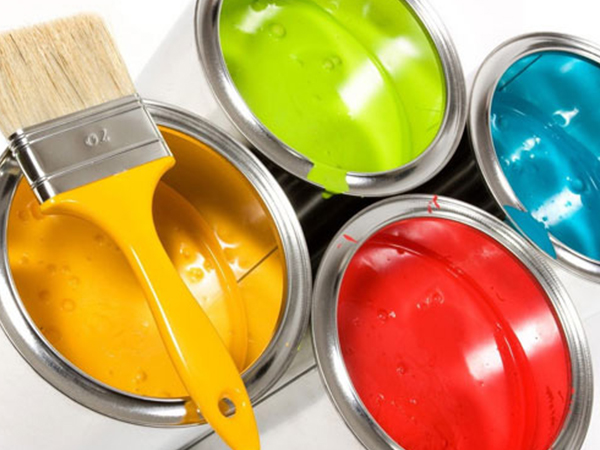
Ngành dược
Calcium carbonate has many uses in pharmaceuticals. It is a diluent in microcapsules and tablets, it acts as a buffer and dissolution aid in tablets, and it is used as a base for dental preparations.
This mineral is a component of the excipient mixture in diluents. Pharmaceutical calcium carbonate is used in its untreated form and typically has an average particle diameter of 2 mm and 2.5 mm. The low iron content is necessary to prevent discoloration of the finished product.
In addition to the above uses, calcium carbonate is also used as an antacid and a calcium supplement.
Calcium Carbonate used in antacids needs to be of high purity (>90%). Both ground calcium carbonate (GCC) and precipitated calcium carbonate (PCC) can be used although one has to compromise between the low cost of using GCC and the high purity of the PCC product.
Rubber
Lightweight powder produced from limestone is very good for rubber filler. Calcium carbonate precipitate is most commonly spherical, colloidal or aggregate of a few spherical particles. This shape can provide reinforcement for rubber durability. Lightweight powder is used as a semi-reinforcing additive in footwear products and industrial rubber goods. Especially when the compounds require low moisture or the product must be used in an alkaline environment. In addition, lightweight powder is also applied in many industries such as: printing ink production,…
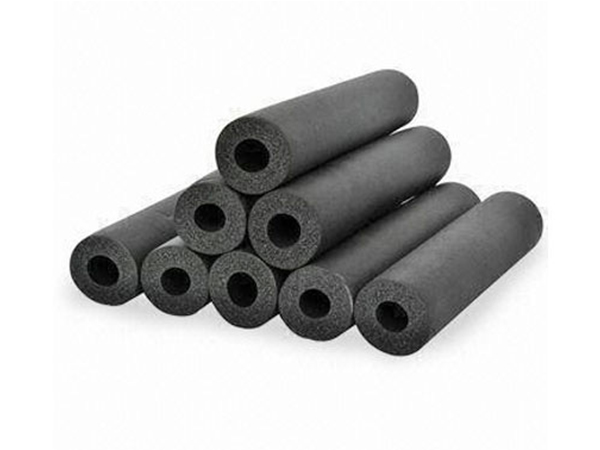
In life
In life, lightweight powder is applied in many fields of agriculture, chalk, food, cosmetics, toothpaste, plaster, …
In agriculture, lightweight powder is mixed with rice to cultivate mushroom varieties, mixed with sawdust to make mushroom growing material because lightweight powder has the effect of balancing pH to create a favorable environment for mushroom growth, at the same time, lightweight powder also has a mild corrosive property to help decompose sawdust. In addition, in agriculture, lightweight powder is also used to neutralize soil acidity.
In the food industry, light powder is also used as an additive, filler in foods such as candy and many functional foods that supplement calcium for humans.
In the production of chalk, people use light powder as the main ingredient because it has high coverage, smoothness, and whiteness, ensuring that only a very thin layer can produce clear writing lines.
In cosmetics, light powder is also used as an ingredient for coating powders.
In addition, light powder is also used in many other areas of life.

 vn
vn